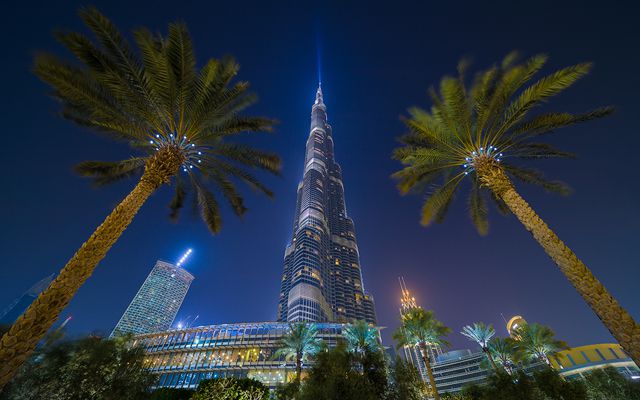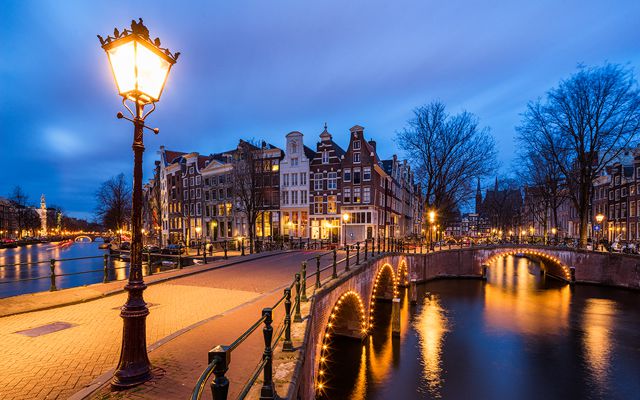Wallpapers
I have been updating my wallpapers selection on this blog for a while now, and today it’s time to expand it with a new resolution. This time I’m going big with 4K wallpapers in 3840×2160. So I hope all of you who have a screen with a resolution like that will like it. Btw. They will of course look great on anything smaller than this also :)
Don’t forget to check out other available wallpapers:
New 4K wallpapers
I’m starting this page with these four 4K wallpapers, all with the same theme. This time they are all from Dubai. I will be updating the selection soon, as with only 4 it looks a bit empty. But until then, feel free to download these here.
























